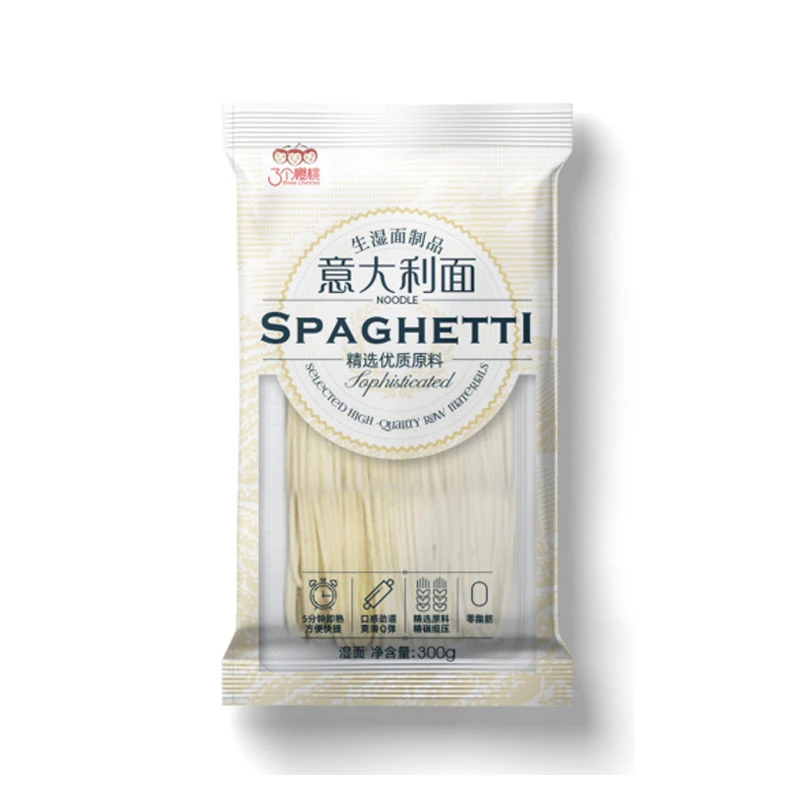Authentic Chinese Hand-Pulled Noodles with Traditional Techniques and Flavorful Sauces
The Art and Tradition of Chinese Hand-Pulled Noodles
Chinese cuisine is renowned for its diversity, flavor, and history, with many dishes carrying a rich cultural significance. Among these, hand-pulled noodles, known as lamian (拉面), have gained tremendous popularity not just in China, but worldwide. These noodles exemplify the culinary mastery of chefs who, with skilled hands, transform simple dough into delicate strands of goodness.
The story of hand-pulled noodles dates back to the 13th century during the Yuan Dynasty, influenced by the Mongolian nomadic tribes and their method of preparing wheat-based products. With centuries of refinement, lamian has become a staple in numerous regional cuisines, especially in northern China, where wheat is more abundant than rice.
The Art and Tradition of Chinese Hand-Pulled Noodles
Once the dough has rested, the real magic begins. A skilled noodle maker will take a piece of dough, rolling it into a long, thin cylindrical shape, before repeatedly stretching and folding it over itself. This process involves a combination of precise hand movements and a deep understanding of the dough’s texture and elasticity. As the dough is pulled, it lengthens and divides into thinner strands. The art lies in achieving the perfect thickness; too thick, and the noodles lose their integrity; too thin, and they risk breaking.
chinese hand pulled noodle

The technique of hand-pulling is not merely physical labor but an art form passed down through generations. In many noodle shops across China, one can witness the noodle-making process firsthand. Chefs will often perform their craft in an open kitchen, captivating customers with their dexterity and speed. This visual spectacle adds a layer of allure to the dining experience, connecting customers to the intricacies of traditional Chinese cooking methods.
Hand-pulled noodles can be enjoyed in numerous ways. They might be served in a steaming bowl of broth filled with meat and vegetables, a popular dish known as lamian soup. Alternatively, they can be stir-fried with various ingredients, absorbing sauces that enhance their flavor and texture. The versatility of hand-pulled noodles allows them to adapt to various regional tastes, from spicy Sichuan dishes to savory Cantonese delicacies.
Cultural significance also surrounds lamian, particularly in regions with a significant Muslim population, such as the Ningxia Hui Autonomous Region and Xinjiang. In these areas, hand-pulled noodles are often made by ethnic Hui people, with unique flavors and spices reflecting a rich confluence of cultural influences. The noodles symbolize hospitality and community, often served during significant festive occasions and gatherings.
The rise of globalization has brought a renewed interest in hand-pulled noodles outside of China. Many international cities now boast restaurants specializing in this delicacy, offering a glimpse into a cherished tradition while adapting it to local palates. Food enthusiasts travel across continents to experience the unique textures and flavors of lamian, bolstering cultural exchange through cuisine.
In conclusion, hand-pulled noodles are more than just a dish; they represent a blend of artistry, tradition, and community. This humble staple serves as a delicious reminder of the ingenuity and skill inherent in Chinese culinary practices. Whether enjoyed in a solitary bowl or shared among friends during joyous occasions, hand-pulled noodles continue to nourish both the body and the spirit. Embracing the time-honored methods of their preparation keeps this culinary tradition vibrant, appealing to generations old and new alike. With each strand of noodle, one bites into history, culture, and an everlasting love for good food.
-
Unleash Your Inner Chef with Delectable Italian Pasta CreationsNewsAug.01,2025
-
Savor Health and Flavor: Irresistible Soba Noodles for Sale Await!NewsAug.01,2025
-
Nourish Your Body with Premium Organic Ramen - A Culinary Delight AwaitsNewsAug.01,2025
-
Elevate Your Dishes with Our Exquisite Kinds of Egg NoodlesNewsAug.01,2025
-
Dive into Flavorful Convenience with Our Ramen OfferingsNewsAug.01,2025
-
Discover Exquisite Types of Naengmyeon and Chilled Soba NoodlesNewsAug.01,2025
-
Is Whole Wheat Pasta Healthy?NewsMay.30,2025
Browse qua the following product new the we

















































































































